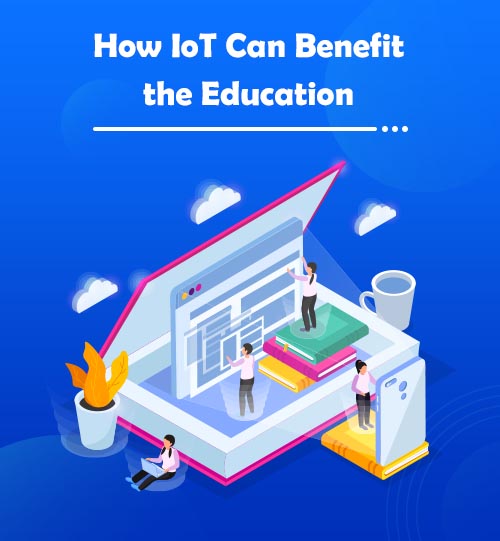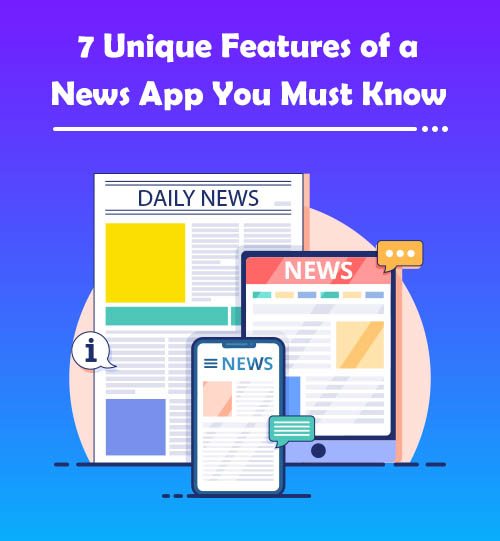React Native app development has become a prime choice for SMEs seeking rapid growth while saving time and money. The increasing demand for this approach is encouraging React Native app developers to create high-performance offline-first applications that can be scaled whenever required. This, in turn, has led them to take a lot of prerequisites into account for developing robust cross-platform apps. React Native database is one of the most important factors among them, which is also deemed the backbone of an app.
In this article, we have curated a few names that are worthy of being listed in leading React Native databases.
So let’s dive in…
Realm
The Realm database was launched for facilitating the development of real-time and offline apps, which run seamlessly on both mobile and wearable devices. The database is equally valuable when it comes to creating cross-platform apps using React Native.
Realm has its own database engine and doesn’t rely on the key-value stores. This is why React Native app developers prioritize this database. Besides, it helps them in handling massive data and developing large-sized applications.
Benefits of Realm for React Native App Development:
1. Realm Sync – Realm synchronization services operate in the background to record and save the user interaction and the service requests offline. Once the device is online, it sends back data to the server and executes the operations without affecting the user experience.
2. Offline Friendliness through Redux Offline – For those seeking a way to integrate offline-first architecture for React Native applications through Realm, Redux can be the best option. Redux suffices almost all the arbitrary requirements of offline-based architecture.
3. Security – Realm utilizes various encryption standards for each mobile platform.
SQLite
SQLite is a relational database management system designed to provide local storage to mobile apps. This database has a lightweight library and requires minimal setup. The key benefit of SQLite is that it can be integrated within the app for accessing the database directly.
1. ACID-compliant – SQLite is an ACID-compliant database which implements SQL standards, although with some omissions. This database has a file-based architecture with some tools that can easily handle all types of data
2. Offline Persistence – To enable this functionality, developers can implement a react-native-SQLite-storage plugin to manage data within the application.
Firebase
Firebase supports real-time NoSQL database for React Native app development. It is mainly used for offline data synchronization as well as data modification. This database is completely capable of sufficing the requirements of M and C in MVC needed for React Native apps.
Benefits of Firebase for React Native App Development:
1. Real-Time Data Sync – The most significant advantage of using Firebase for React Native is that the data is synced in real-time across all the clients simultaneously. This plays a vital role when the app goes offline due to no internet connection.
2. Minimal Setup – Firebase offers a cross-platform API that requires minimal setup while using it within an app. Besides, React Native app developers won’t need an application server to access data as it can directly be done through a mobile device.
3. Offline Persistence – The blend of Firebase and React Native allows developers to create real-time applications having offline persistence capabilities. This includes marking users’ online or offline presence and storing a timestamp when users get disconnected.
PouchDB
PouchDB is an open-source JavaScript database that stores data in JSON format and allows developers to create, read, update, delete, and query objects using a simple JavaScript API. The API can be accessed with a single call on React Native, which is also a JavaScript-based platform. Additionally, PouchDB is compatible with CouchDB, MongoDB, MySQL, and PostgreSQL.
Benefits of PouchDB for React Native App Development:
1. PouchDB eliminates the need for performing queries over the network, as the database stays inside a browser. This results in faster and more optimized execution of the queries.
2. React Native app developers can sync data with any supported server, resulting in both online as well as the offline working of the application.
Async Storage Class
This is a local storage system designed to allow developers to store data locally and persistently over the device. The database comes in-built with React Native and can be used without additional deployment. However, Async storage is not suggested while dealing with massive data due to slow runtime and no indexing capabilities.
Benefit of Async Storage for React Native App Development:
- It enables developers to save data that the application needs to use even after the users close the application.
Vasern
Vasern is a fast, lightweight, and open-source database for React Native. The API of this database is used not only for local data storage but also for cloud storage as well as synchronization across the app’s clients. Vasern is developed using Goland, which is a server-side language introduced by Google. Besides, its design and structures are inspired by multiple open-source databases.
Benefits of Vasern for React Native App Development:
- It is open-source
- Focus on consistency and performance
- Write schemas. Create, Update, Query, and Delete records.
- Developer friendly end-to-end database syncing
- Operate quickly
Watermelon
Built on SQLite, Watermelon is a reactive database for React Native. It comes with the capability of scaling tens of thousands of records without losing its speed. The database is well-optimized for developing complex apps in React Native with maximum attention on real-world performance.
Benefits of Watermelon for React Native App Development:
Besides scaling a multitude of record, Watermelon allows developers to leverage React Native through:
- Offline-first system
- Static typing with Flow
- Developing apps on SQLite foundation
Final Words
While these are the leading React Native databases currently, there are plenty of other backend tools React Native app developers can use to build robust applications. The answer to which is the best database ultimately depends on the type of your project. To figure out which database would fit perfectly to your project and align with your requirements, approach the experts of our React Native app development company.












